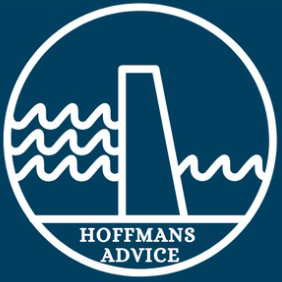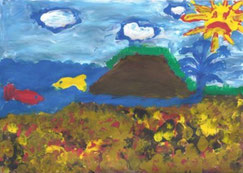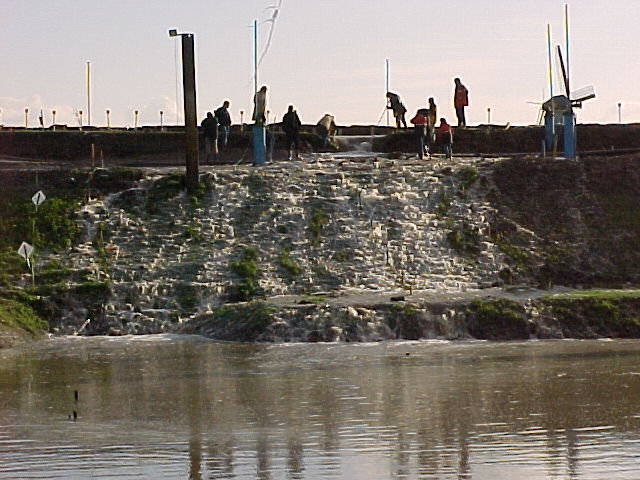Gijs Hoffmans is a hydraulic engineer who specialises in scour and erosion. He has worked more than 30 years both in a hydraulic and geotechnical department. Therefore, he is an expert on the interface between hydraulic engineering and geo-engineering, especially on the failure mechanism of internal erosion (piping) and external erosion (scour). At present, he is involved in projects as principal adviser to the Dutch water management agency Rijkswaterstaat. Throughout his career, he has acted to bridge the gap between state-of-the-art research outcomes and daily civil and hydraulic engineering practice all over the world. His CV can be found here.
Projects
Projects
Project: Scour Manual
Client: Dutch Ministry of Infrastructure and Water Management, Rijkswaterstaat
Main project feature: Hydraulic structures are vulnerable to scour around their foundations. Scour can compromise the stability of a structure, leading to a significant risk of damage or even failure. The first edition of the Scour Manual was written in the 1990s after the completion of the Dutch Delta Works. The new manual has been an indispensable reference for river engineers and asset managers since its publication. It presents analytical formulas such as the Breusers equilibrium method and new scour equations based on Newton’s second law. Therefore, it can be applied directly in engineering practice for all types of hydraulic structures.
Position held: Author and expert on scour and erosion, project manager.
Activities performed: Coordinated and managed a team of experts and scientists in updating theory and practice on scour, collected data on all scour formulas in use in the world, provided engineers with a comprehensive table of contents, reviewed and edited all submitted write-ups, and delivered the latest research outcomes in this field. As member of the editorial committee, contributed substantial sections of the state-of-the-art manual, discussed progress with the ministerial team at the client, Rijkswaterstaat, and coordinated and disseminated the case studies with the relevant consultancy firms and contractors for further use in daily engineering practice.








Vorige
Volgende
Project: Spijkenisse bridge
Client: Dutch Ministry of Infrastructure and Water Management, Rijkswaterstaat
Main project feature: The traffic road bridge near Spijkenisse (Rotterdam) was built in the early 1970s over the lower reaches of the Oude Maas tidal river. This waterway is one of the most important shipping routes from the North Sea, Hoek van Holland, toward inland cities of Dordrecht and Moerdijk. Due to the many passing ships, the intense inland navigation and shipping, and the strong semi-diurnal tidal currents in the waterway, scour holes have developed at an alarming rate and extent, both downstream and upstream of the bridge piers and abutments. Mitigation measures were devised.
Position held: Expert on scour and erosion, project manager.
Activities performed: On behalf of Rijkswaterstaat, in charge of a field assessment and a second opinion on the riverbed and its impacts on the stability of the bridge pier according to the current guidelines. In charge of establishing mitigatory measures for repair and improvement works. Although several alternatives were developed, a classical solution was opted for: filling the very deep scour holes with sand quarried from the New Waterway channel using dredging equipment. To prevent erosion near the bridge piers the riverbed and the embankments (toes and underwater side slopes) were protected by applying large fascine mattresses covered with rock materials.





Vorige
Volgende
Project: Scour, ‘Simone Veil’ bridge;
Client: Eiffage;
Main project feature: Bordeaux is a port city in the Gironde department in the Southwestern France and counts many bridges that connect the left and right banks of the Garonne River. The new bridge ‘Simone Veil’ due for completion in 2023 will link the municipalities of Bègles and Floirac. The 44-metre-wide and 545 m long structure will accommodate traffic and pedestrians, as well as it is aimed to be used for hosting events. Eiffage is a French civil engineering construction company and has asked Hoffmans Advice to calculate the scour process as function of time for both the temporarily works (cofferdams) and the foundations of the new bridge.
Position held: Expert on scour.
Activities performed: In charge of the scour calculations. Discussed design topics of the bed protection and risk assessment of the new bridge during skype meetings. The conclusions and recommendations are reported in a technical note.


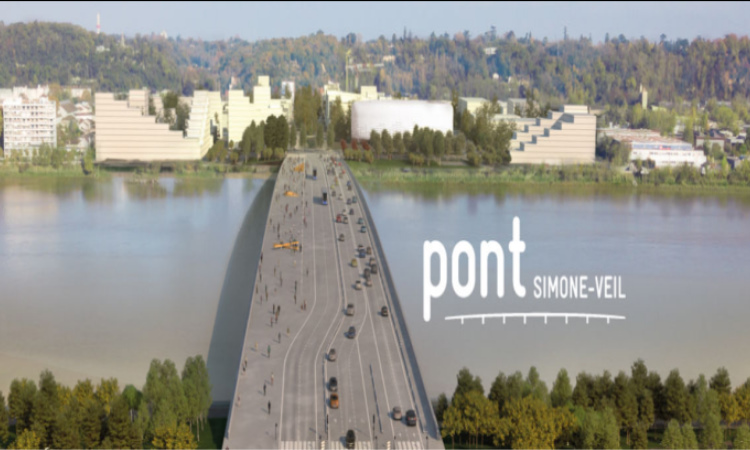
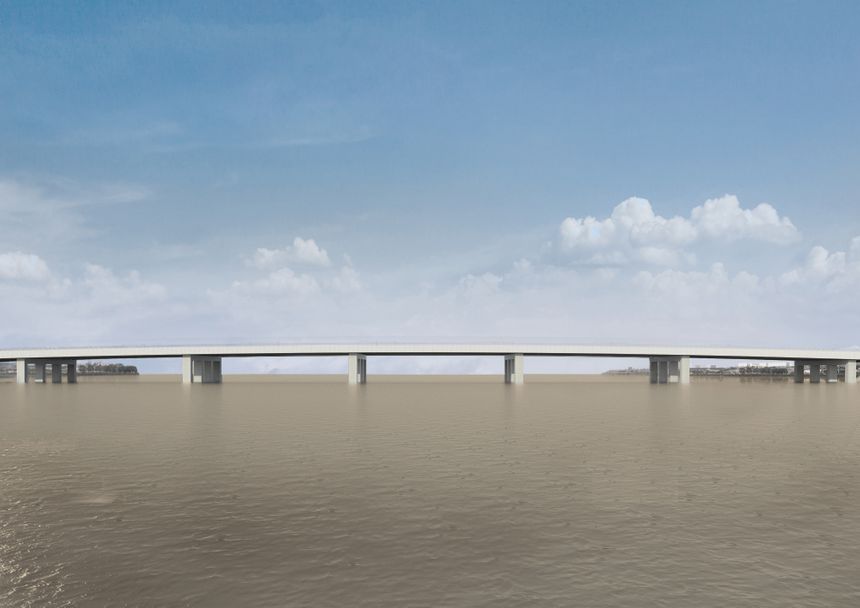
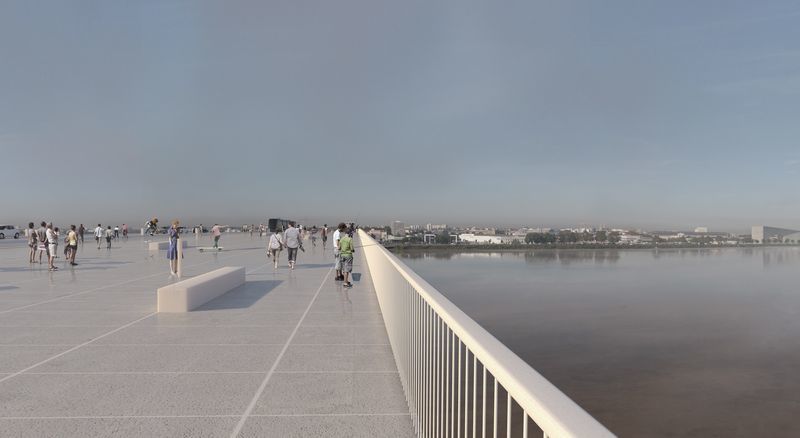
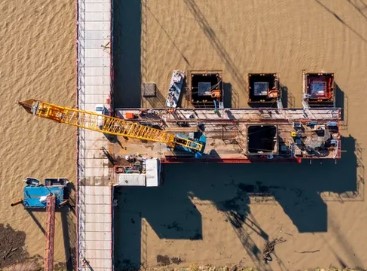

Vorige
Volgende
Project: Piping, STOWA (Foundation for Applied Water Research);
Client: STOWA
Main project feature: STOWA is the knowledge centre of the regional water managers in the Netherlands. Its mission is to develop, collect, distribute and implement applied knowledge, which water managers need in order to adequately carry out the tasks that their work supports. This expertise can cover applied technical, scientific, administrative-legal or social science fields. STOWA invited Hoffmans Advice to guide students at universities and to assist water authorities, especially with the piping failure mechanism.
Position held: Expert on piping.
Activities performed: Supervising several M.Sc. and Ph.D. research students in modelling the mechanism internal erosion, especially piping, at the Delft University of Technology, University Utrecht, University Twente.





Vorige
Volgende
Project: Piping, Lekdijk;
Client: Dorst Waterbouw Consult
Main project feature: Mourik reinforces and improves the Dutch dikes to ensure the hinterland/polder from flooding, for example the primary riverine dikes along the Lek. Usually these dikes are designed in a traditional way with buttresses. However, Mourik also uses alternative solutions both practically and theoretically. Therefore, Mourik requested Dorst Waterbouw Consult and Hoffmans Advice to reviewing the assessment of some dike sections on the piping failure mechanism.
Position held: Expert on piping.
Activities performed: In charge of calculating the seepage length with the piping models Shields-Darcy and Sellmeijer II. Reported and discussed the computational results to Dorst Waterbouw Consult and Mourik.

Project: Scour, gas pipelines in Baltic Sea;
Client: Advanced Consultancy Romke Bijker (ACRB)
Main project feature: Engineering consultant Ramboll of Nord Stream 2 has made an assessment of the seabed scour in the Baltic Sea that is potentially caused by the thrusters of dynamic positioning lay barges operating in shallow water with sandy seabed. Since the assessment shows significant scour, Nord Stream 2 requested ACRB a peer review of this scour study.
Position held: Expert on scour.
Activities performed: In charge of reviewing technical reports. Questions were submitted to ACRB, which subsequently were discussed during a skype call with Nord Stream 2 and Ramboll. The results of the discussions in the form of the conclusions and recommendations were reported to ACRB and submitted to Nord Stream 2 in a Technical Note.

Project: Piping Reinforcement of dikes;
Client: Dutch Ministry of Infrastructure and Water Management, Rijkswaterstaat Agency
Main project feature: The Dutch Flood Protection Programme (Hoogwaterbeschermingsprogramma) is an alliance between national water boards and Rijkswaterstaat. Its objective is for all main flood defences in the Netherlands to be reinforced in a sober and efficient manner by 2050, so that they meet the legal standards laid down in the renewed National Water Law and thus guarantee water-related safety in the Netherlands. This means that the total costs of a main flood defence system during its entire remaining lifespan are minimised (life cycle approach). The alternative piping model (Shields–Darcy model), which is physically correct, must be further validated with the current guiding principle (Sellmeijer II), especially for practical situations. The expectation is that this research will lead to better substantiated water-related safety with a substantial cost reduction for the HWBP program in the order of several hundreds of millions of euros.
Position held: Expert on internal erosion and piping.
Activities performed: Currently, as a piping specialist, launching a computational framework to assess and quantify the risks of piping according to the Shields–Darcy piping model, in conjunction with experts from both Rijkswaterstaat and the national water boards.
